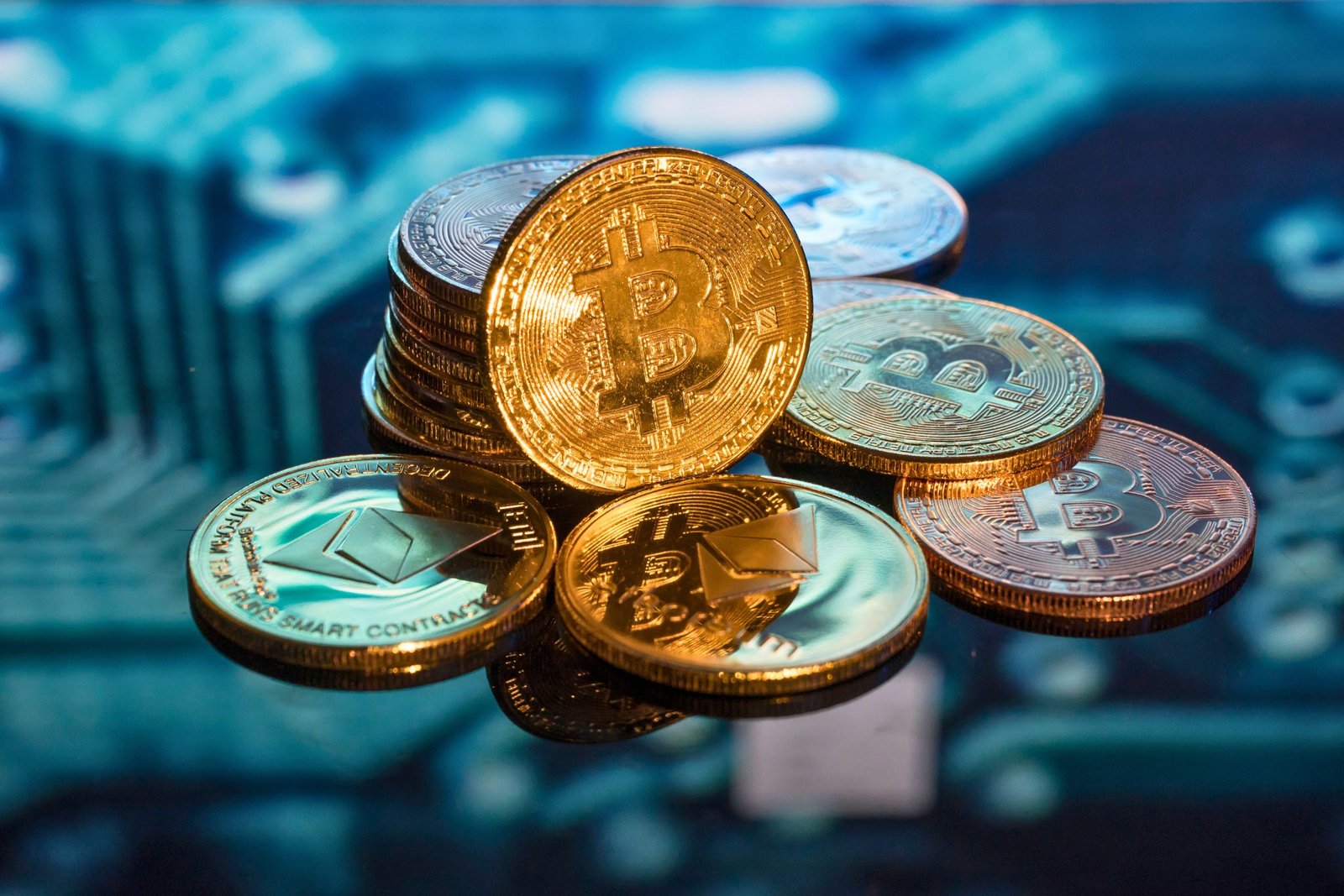How NFTs Work: The Intricate Dance of Tokenization

Delving into the heart of Non-Fungible Tokens (NFTs) reveals a fascinating process known as tokenization. This intricate dance of transforming digital files into unique tokens involves cryptographic techniques and blockchain technology. Understanding the tokenization process is essential for grasping the magic that makes each NFT a one-of-a-kind digital asset.
Creation of Digital Assets
The journey begins with the creation of digital content, which can range from digital art, music, videos, virtual real estate, or any other digital file. Creators, often artists, mint their work into NFTs, initiating the tokenization process.
Minting on the Blockchain
Minting involves the conversion of these digital assets into NFTs on a blockchain. The chosen blockchain, often Ethereum, employs a unique token standard, such as ERC-721 or ERC-1155, to facilitate the creation of non-fungible tokens. During this process, metadata, including details about the creator, creation date, and any associated royalties, is embedded within the NFT.
Unique Token ID and Metadata
Each NFT is assigned a unique identification number, known as a Token ID, which distinguishes it from every other token in existence. The metadata, containing information about the digital asset, is linked to this Token ID. This combination ensures the indivisibility and uniqueness of each NFT.
Cryptographic Hash Functions
To ensure the integrity and authenticity of the digital asset, cryptographic hash functions come into play. These algorithms generate a unique hash (a string of characters) based on the content of the file. The hash is then stored on the blockchain, providing a tamper-proof method to verify the originality of the digital asset.
Ownership and Transfer
Once minted, NFTs are bought, sold, or transferred among users. The ownership information is securely stored on the blockchain, and these transactions are recorded in a transparent and immutable ledger. Smart contracts, coded agreements embedded in the blockchain, automate the transfer of ownership when certain conditions are met, ensuring a seamless and trustless process.
Decentralized Storage
The digital files associated with NFTs are often stored in decentralized storage systems, ensuring redundancy and accessibility. This decentralized approach prevents a single point of failure and enhances the longevity of the digital assets.
Interoperability
Thanks to standardized protocols like ERC-721 and ERC-1155, NFTs exhibit interoperability, allowing them to move seamlessly between different blockchain platforms and marketplaces. This interoperability contributes to the widespread adoption and versatility of NFTs.
Display and Interaction
Owners can showcase their NFTs in digital wallets and online galleries. Some NFTs are designed to unlock additional content or experiences, creating dynamic interactions beyond simple ownership.
Understanding the tokenization process demystifies the seemingly magical transformation of digital creations into unique and ownable assets. As the NFT ecosystem continues to evolve, this foundational knowledge empowers creators, collectors, and enthusiasts to navigate the complexities of the digital ownership landscape with confidence and appreciation.








